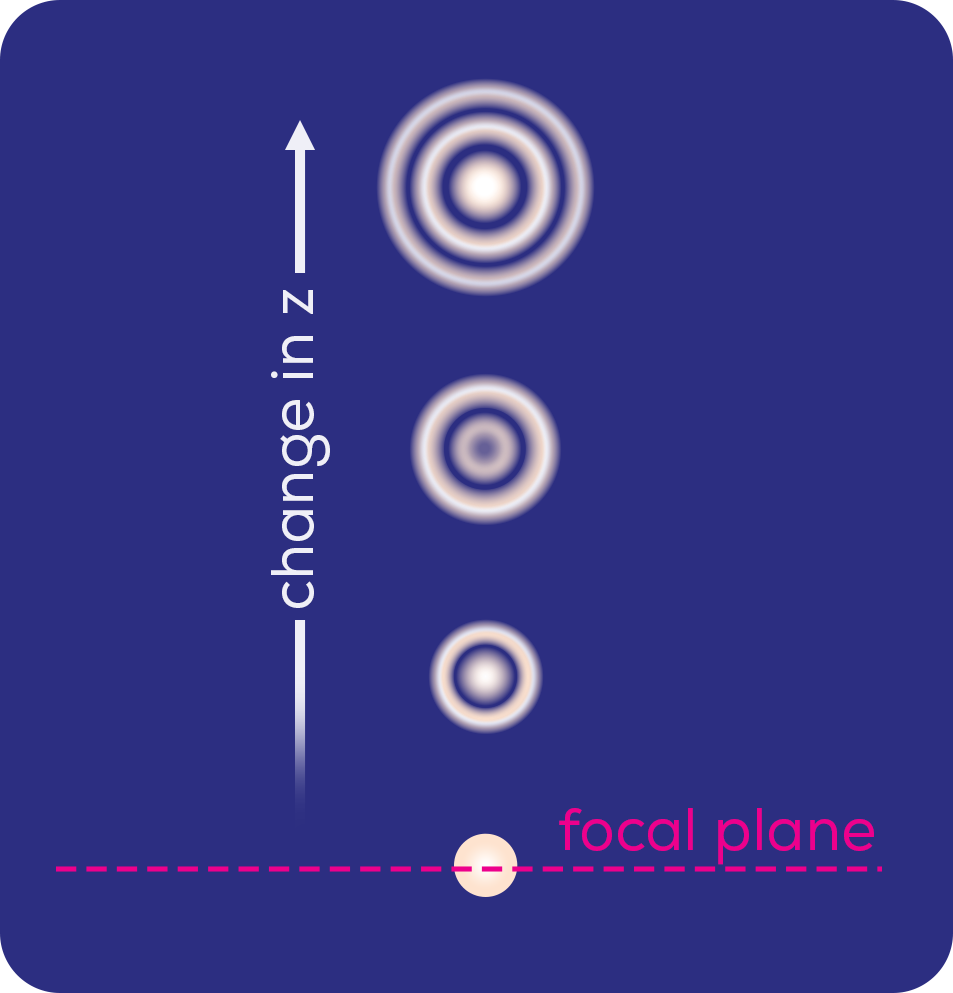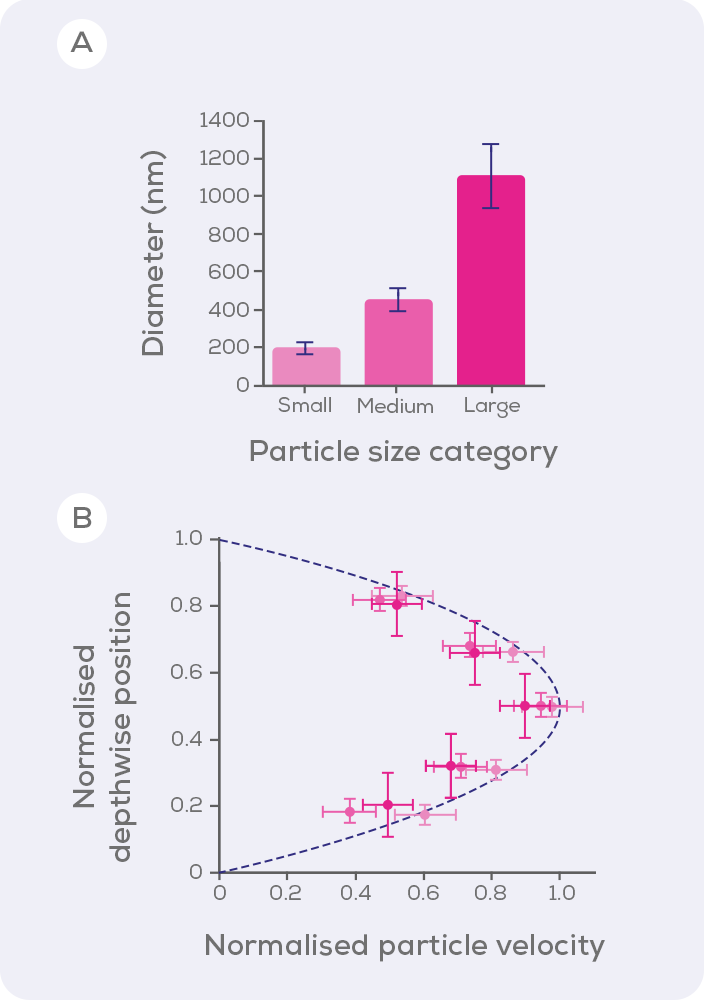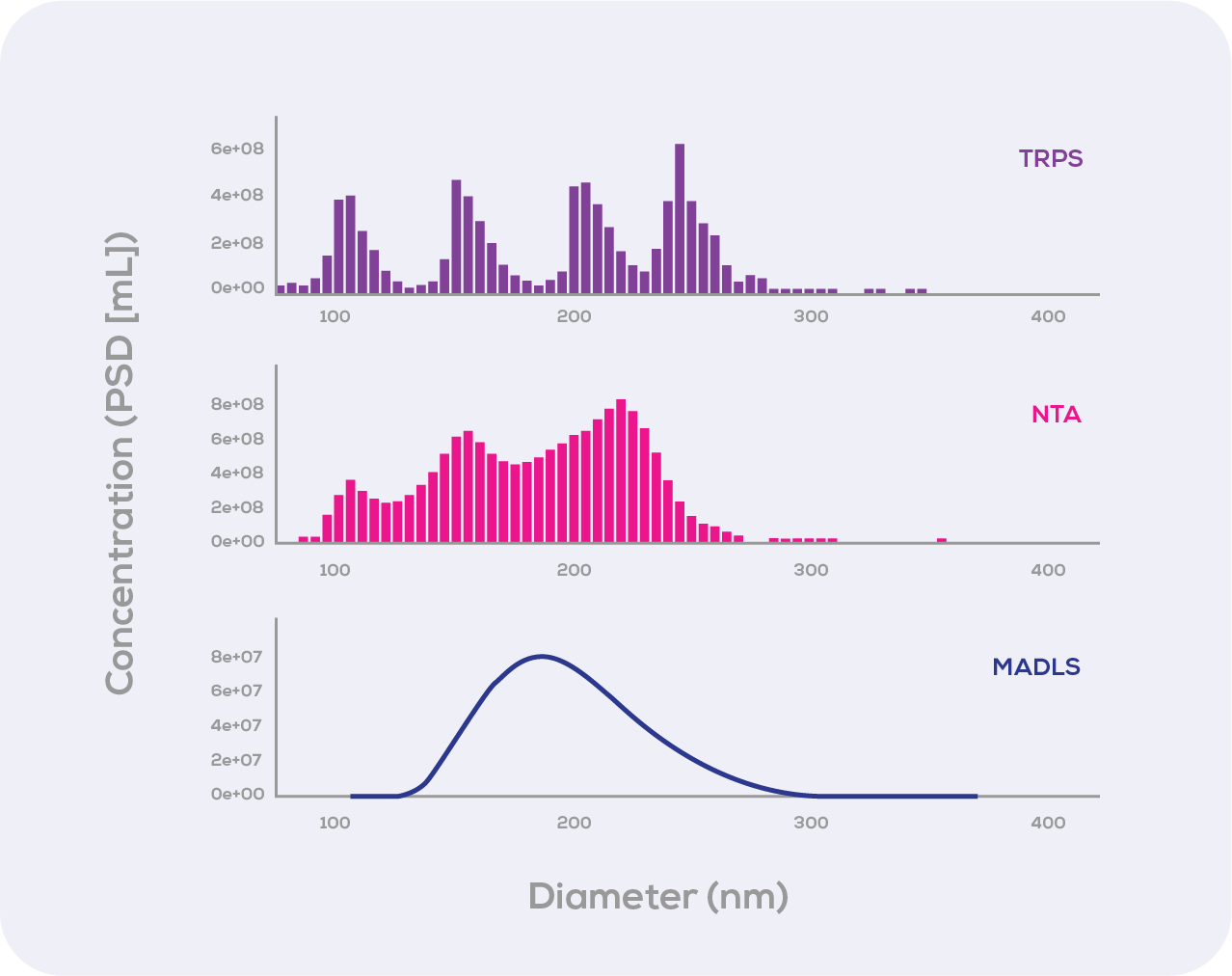Every measurement that you make has a different degree of accuracy, as different instruments have different capabilities. For instance, there’s kitchen weigh scale accuracy, and then there’s lab scale accuracy. There’s measuring with a teaspoon, and there’s measuring with a pipette. And that’s ok – because different jobs require different levels of accuracy. For example, you need to be much more accurate when measuring the weight of a drug to load into your lipid nanoparticles than you do when measuring the weight of flour for a cake. Afterall, a bad cake is just disappointing. The wrong concentration of drug reaching a patient could be disastrous.
Accuracy in the sizing and zeta potential of therapeutic particles is similarly important, as the product will reach a patient. Particles of an inappropriate size or charge could cause unforeseen and perhaps serious side effects. So when it comes to measuring size and zeta potential for medical particles, it’s not a time for kitchen scales or DLS. It’s time for the Exoid.
However, it doesn’t need to be a life-and-death situation for accuracy to be important. Here, we present a microfluidics, engineering-focused study where achieving accurate particle size measurements was critical to understanding the motion of colloidal particles.
In the tiny world of nano-engineering, size accuracy matters
In a study by Kuwano et al., (2022), the authors had a fairly simple yet very important question: How do nano-sized particles behave when flowing through a channel of comparable size? By comparable, they mean in terms of order of magnitude, not exactly the same size. For example, the use of nanoparticle fluids in comparable sized pipes for heat conduction in miniaturised electronics.
To investigate this, Kuwano et al., used a 3 µm microchannel and three sizes of carboxylate-modified fluorescent polystyrene submicrometer particles. It was crucial to know the exact size of these particles as the way that the particles and their position in the microchannel would be measured was via a technique called ‘defocusing nanometer resolution particle image velocimetry’ (Figure 1), where the detector is focused on the side of the microchannel closest to the detector. This means that the further along the z axis of the microchannel that a particle is (i.e. the further from the detector), the more blurred the particle would appear. This artificially makes the particle seem larger due to the diffraction ring around the particle. The size of the diffraction ring can then be used to estimate the position of the particle along the z-axis of the microchannel.

However, this calculation only works if you are certain of the precise size of your particles, which is why a high degree of accuracy was needed to size particles in this study. For this, Kuwano et al., turned to the Exoid to accurately size the three categories of particles (Figure 2A). These exact numerical values could then be paired with the diffraction ring size to mathematically determine the position of particles in the microchannel.

Particle size impacts upon traversal through a comparable sized microchannel
Using data obtained from the Exoid and defocusing nanometre resolution particle image velocimetry, the particle velocity relative to depthwise position in the microchannel (Figure 2B) could be determined. This allowed the authors to conclude that the larger particles moved more slowly than was predicted by the Hagen-Poiseuille equation (Figure 2B dotted line). The authors hypothesised that this was due to hydrodynamic interactions with the wall of the microchannel. Without the Exoid, the particles would not have been sized to sufficient accuracy for this to be discovered using defocusing nanometer resolution particle image velocimetry, which relies upon knowledge of the particle diameter to calculate distance from the focal plane.
What can the Exoid do for you?
A bit like jumping from using a teaspoon to a pipette for the first time, using a machine as accurate and sensitive as the Exoid takes a bit of practice. At least in our opinion, though, it is worth it. As you can see in Figure 3, the accuracy of the Tunable Resistive Pulse Sensing (TRPS) used by the Exoid is the only technique accurate enough to size particles precisely, especially in multimodal and polydisperse samples. Neither Nanoparticle Tracking Analysis (NTA) nor Multi-Angle Dynamic Light Scattering (MADLS) can resolve the true size of particles, with both missing and mis-sizing particles. So why settle for inaccuracy when, with the Exoid, you can trust in your data?

Get in touch today to discuss how switching to the Exoid can take the accuracy of your data to the next level.






